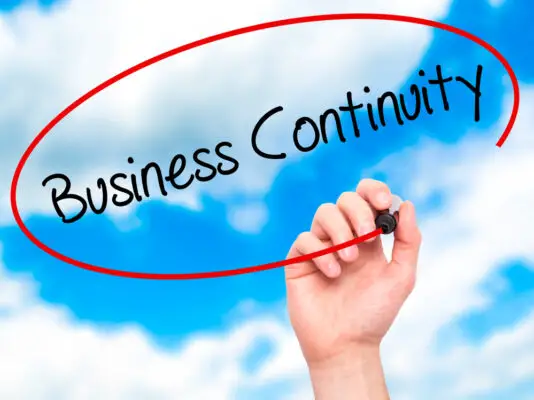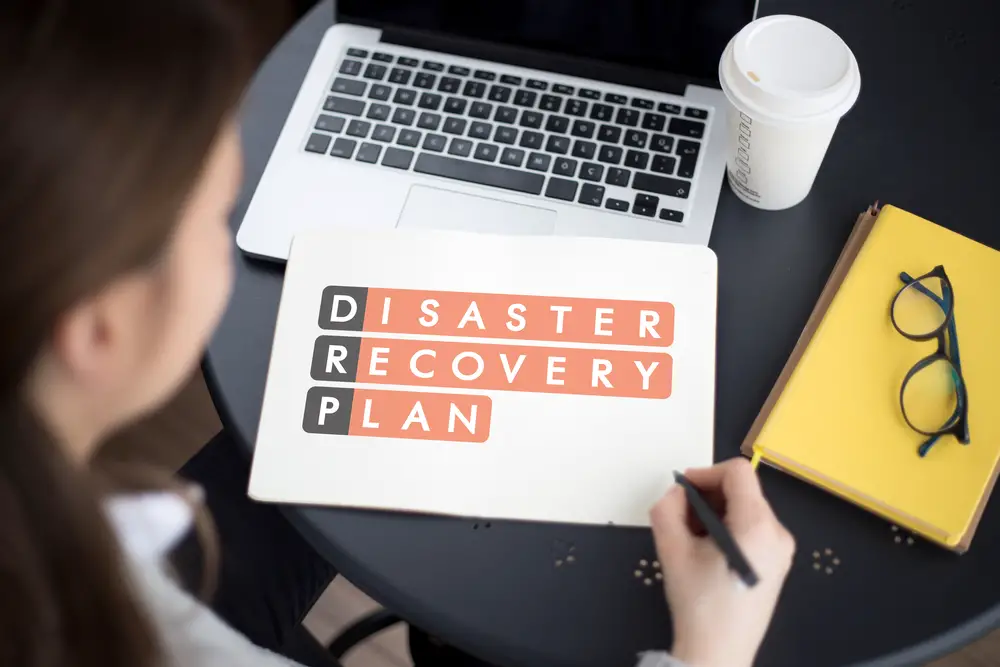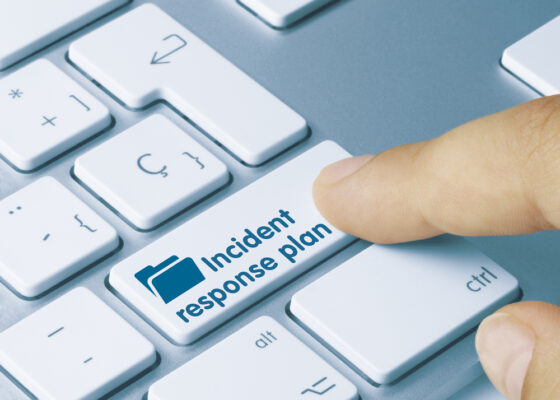A disaster is an event that causes significant harm to human life, property, and infrastructure. Such events can be natural or man-made and often result in the disruption of daily activities, loss of lives, displacement of people from their homes, and damage to physical structures.
Disasters can come in many forms, ranging from natural calamities like earthquakes, hurricanes, and floods to human-made tragedies such as terrorist attacks or industrial accidents. Regardless of their origin, all disasters share one common characteristic: they have the potential to cause immense harm and suffering.
This article will delve into what constitutes a disaster, exploring its different types and examining how it affects people’s lives. We will also look at how societies prepare for disasters through mitigation efforts aimed at minimizing their impact.
Definition of a Disaster
A disaster is like a sudden and unexpected storm that can strike any moment, leaving behind a trail of devastation in its wake. It is an event that disrupts the normal functioning of society, causing widespread damage to property and loss of life. The impact of disasters can be felt not only by individuals but also by entire communities and nations.
Various types of disasters can occur naturally or as a result of human activities. Natural disasters include hurricanes, floods, earthquakes, tsunamis, volcanic eruptions, and landslides.
In contrast, human-made disasters may include nuclear accidents, industrial accidents such as oil spills or chemical explosions terrorism attacks, among others. The occurrence of these events is unpredictable and can have devastating consequences.
Understanding the definition of a disaster is essential for emergency preparedness planning at all levels- from individual families to national governments. Disasters require immediate response measures and long-term recovery efforts that involve collaboration between stakeholders from different sectors, including government agencies, humanitarian organizations, and community businesses, among others.
Natural Disasters
Natural phenomena such as hurricanes, earthquakes, and floods can cause significant damage to infrastructure, property, and human lives. Natural disasters are unpredictable events that result from natural hazards.
Causes of these hazards include geological processes such as volcanic eruptions or seismic activity; hydrological processes like flooding or landslides; meteorological factors including hurricanes and tornadoes; and biological factors like disease outbreaks.
Prevention strategies for natural disasters often involve a combination of preparedness measures before the event occurs, such as developing early warning systems and evacuation plans.
During the disaster, response efforts may include search and rescue operations, medical assistance for injured individuals, and food and water distribution to affected populations. After the disaster has passed, recovery efforts may focus on rebuilding damaged infrastructure or providing financial assistance to those impacted by the disaster.
While it is impossible to completely prevent natural disasters from occurring, implementing effective prevention strategies can help mitigate their impact on society. With an increased understanding of the causes behind these events and a focus on developing more robust response mechanisms, communities can work towards building resilience in the face of natural disasters.
Human-Made Disasters
Human-made disasters, caused by technological failures or human error, pose significant threats to society and require careful consideration of prevention strategies. Industrial accidents are one example of a human-made disaster that can have devastating consequences. These incidents can occur in oil and gas, chemical plants, and mining industries.
For instance, the Deepwater Horizon oil spill 2010 resulted in the loss of lives, environmental damage, and economic losses. Therefore, it is essential for companies to implement safety measures to prevent such disasters from occurring.
War conflicts are another human-made disaster that has led to numerous casualties throughout history. The use of weapons such as bombs and landmines has caused destruction to infrastructure and displacement of people from their homes. Furthermore, war conflicts often lead to long-term psychological trauma for individuals who experience them firsthand.
In addition to preventative measures such as diplomacy and peacekeeping efforts, providing mental health support for those affected by war can also aid in mitigating its impact on society.
Human-made disasters pose significant threats to society due to technological failures or human error. Industrial accidents and war conflicts are two examples that show the devastating consequences these disasters can have on people’s lives.
As a result, implementing preventative measures through safety protocols or peacekeeping efforts is crucial in reducing their occurrence or minimizing their impact when they do occur.

Impact of Disasters on Individuals, Communities, and Nations
Disasters can cause individual trauma that may last for years or even a lifetime. Losing loved ones, homes, and possessions can lead to depression, anxiety, and post-traumatic stress disorder (PTSD). These psychological impacts can affect the survivors, rescue workers, and other first responders who witness the devastation firsthand.
In addition to individual trauma, disasters can have significant economic aftermaths. The destruction of roads, bridges, and buildings can disrupt supply chains and hinder economic growth.
Businesses may be forced to close temporarily or permanently due to damage or lack of customers. This loss of income can have ripple effects throughout the community as people struggle to make ends meet without their usual sources of employment.
The impact of disasters on nations is also significant. Governments must allocate resources towards disaster relief efforts which may divert funds from other important areas such as education or healthcare.
In some cases, countries may need to rely on foreign aid to recover from a catastrophic event which can create long-term dependencies on outside assistance.
Furthermore, disasters often expose underlying social inequalities such as poverty or inadequate infrastructure that were previously hidden from view. Addressing these issues requires sustained effort beyond just responding to an immediate crisis.
Preparedness and Mitigation Efforts
Emergency preparedness starts with having an emergency kit ready at all times. This kit should contain essential items such as food, water, first aid supplies, medications, and important documents.
Having an evacuation plan in place is also crucial in case of emergencies such as natural disasters or fire outbreaks.
Moreover, community outreach programs can be vital in disaster preparedness and mitigation efforts. These programs aim to educate people on preparing for emergencies and responding appropriately when faced with unexpected events.
They also provide training on basic first aid skills and other necessary skills required during disasters, such as search and rescue operations or providing temporary shelter to those who have been displaced.
While we cannot always predict when disasters will happen or how severe they will be, we can take proactive steps toward mitigating their impact through adequate preparation.
Investing in emergency kits, evacuation plans, and community outreach programs can go a long way in ensuring that individuals are able to cope with the aftermath of disasters effectively.
Frequently Asked Questions
What is the most common type of disaster?
Natural disasters are a common occurrence that can have devastating effects on both human life and infrastructure. These disasters occur due to natural phenomena, such as earthquakes, hurricanes, floods, tornadoes, volcanic eruptions, or wildfires.
On the other hand, man-made disasters are caused by human activities, including industrial accidents or nuclear meltdowns. While both types of disasters can be catastrophic in their own ways, natural disasters are more frequent and widespread than man-made ones.
The most common type of natural disaster is flooding. Floods occur when water levels rise suddenly due to heavy rainfall or melting snow in nearby mountains or hillsides. This can cause rivers to overflow their banks and inundate nearby communities. Other common types of natural disasters include hurricanes, earthquakes, tornadoes, and wildfires.
Despite advances in technology and disaster preparedness measures taken by governments worldwide, the impact of these events remains difficult to predict or prevent entirely.
How do governments respond to disasters?
In the wake of a catastrophe, governments must have measures in place for effective response planning and emergency management.
A disaster can take many forms, from natural disasters like hurricanes or earthquakes to human-made events like terrorist attacks or oil spills.
Regardless of the type, governments must be prepared to respond quickly and efficiently to mitigate damage and save lives.
To achieve this goal, comprehensive emergency management plans are essential.
These plans involve coordination between multiple agencies and sectors, including law enforcement, healthcare providers, and public works departments.
Through careful planning and preparation, governments can minimize the impact of disasters on their citizens while ensuring that essential services remain intact in the aftermath.
Can disasters be completely prevented?
Disasters are unpredictable events that cause widespread damage, loss of life, and disruption of normal activities. While it is impossible to completely prevent disasters from occurring, there are various prevention strategies and community preparedness measures that can mitigate their impacts.
Prevention strategies may include building codes and regulations that ensure structures are resilient to natural disasters, such as earthquakes or hurricanes.
Additionally, community preparedness involves informing and educating individuals on the potential risks in their area and providing emergency supplies and communication channels to facilitate timely response efforts.
What is the economic impact of disasters?
The economic impact of disasters is a critical area of study that focuses on the cost analysis of natural calamities and other catastrophic events. Such disasters can cause significant damage to infrastructure, properties, and human lives, leading to substantial financial losses.
The insurance industry is crucial in mitigating these losses by providing coverage to individuals and businesses affected by such events. However, insurance coverage alone cannot entirely prevent the economic impact of disasters.
Therefore, it is essential to analyze disaster-prone areas‘ vulnerability and develop strategies to minimize their economic effects. Overall, understanding the economic impact of disasters is critical for policymakers and stakeholders who aim to mitigate their adverse effects on society’s well-being.
How do disasters affect mental health?
Disasters can significantly impact mental health, particularly in terms of the trauma experienced by those affected.
The aftermath of a disaster can leave individuals feeling overwhelmed and helpless, leading to feelings of anxiety, depression, and post-traumatic stress disorder (PTSD).
Coping mechanisms play an important role in mitigating these negative effects.
Effective coping strategies include seeking social support from friends and family, engaging in physical activity, practicing mindfulness techniques such as meditation or deep breathing exercises, and seeking professional help if needed.
It is important to recognize that the impact of trauma on mental health can be long-lasting and may require ongoing support and treatment.

Conclusion
A disaster is an event that causes widespread damage, destruction, and loss of life. It can be natural or human-made and significantly impacts individuals, communities, and nations.
Natural disasters like hurricanes, earthquakes, floods, and wildfires can occur suddenly without warning and leave behind severe consequences. On the other hand, human-made disasters such as terrorist attacks or industrial accidents are often preventable but still cause devastating effects.
Disasters have far-reaching consequences that affect every aspect of life – economic stability, social structures, physical infrastructure, and mental well-being. Individuals who experience a disaster may suffer from trauma or psychological distress, while communities face challenges rebuilding their homes and livelihoods.
Nations must deal with the long-term effects of disasters on their economies and political systems.
A disaster is an unfortunate reality that requires preparedness and mitigation efforts to reduce its impact on society. Like a raging storm that leaves behind destruction in its wake or a fire that spreads uncontrollably destroying everything in its path; disasters wreak havoc on people’s lives.
But with proper planning and commitment to prevention measures like early warning systems or emergency response strategies, we can minimize the devastation caused by these catastrophic events.

Chris Ekai is a Risk Management expert with over 10 years of experience in the field. He has a Master’s(MSc) degree in Risk Management from University of Portsmouth and is a CPA and Finance professional. He currently works as a Content Manager at Risk Publishing, writing about Enterprise Risk Management, Business Continuity Management and Project Management.


